On Quora, someone asked, “What are the chances of survival of individual chess pieces in average games?” Oliver Brennan answered by looking at the moves from 2.2 million games.
The situation with the c-d-e pawns is very interesting. The most survivable central pawn is the White c-pawn (42%), while White’s d-pawn is the most doomed of all the chessmen (24%) – more so even than the knights (~26%). There’s a pleasing symmetry in the survival rates of the White and Black c- and e-pawns that suggests they’re frequently exchanged on the d-file. Bishops survive around 35% of the time, with the kingside bishops slightly more likely to survive than queenside ones.
Code available if you want to poke. [via Know More]

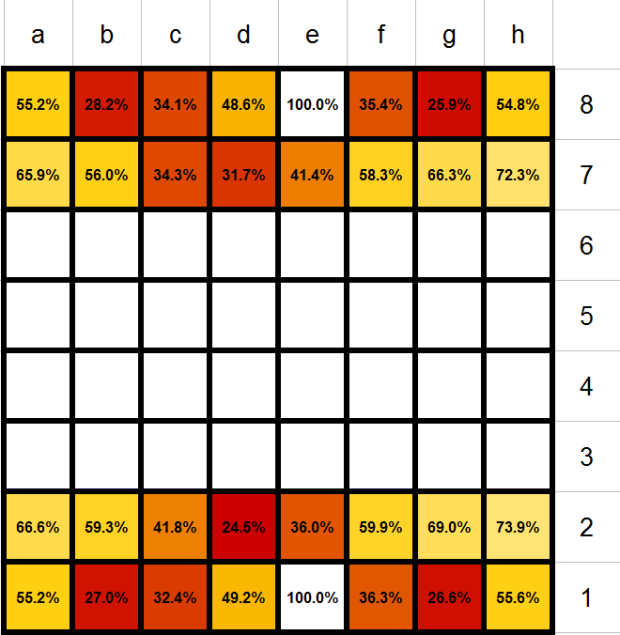


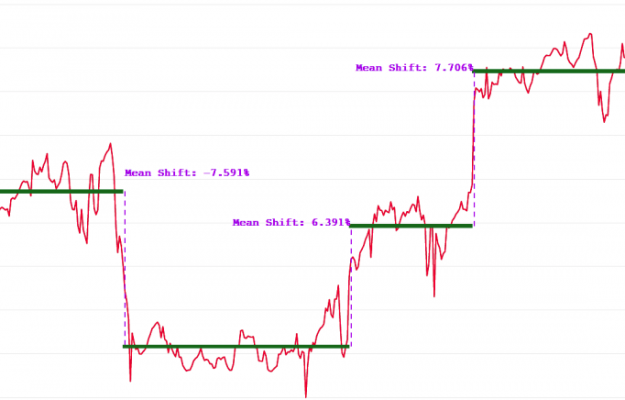

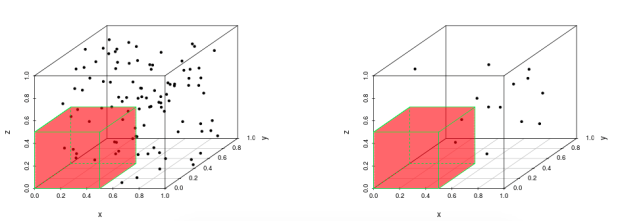

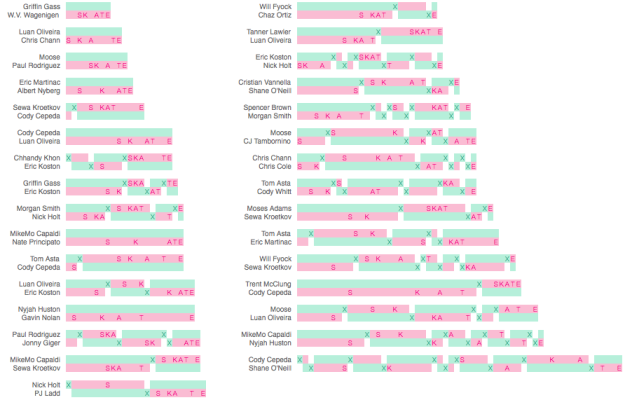
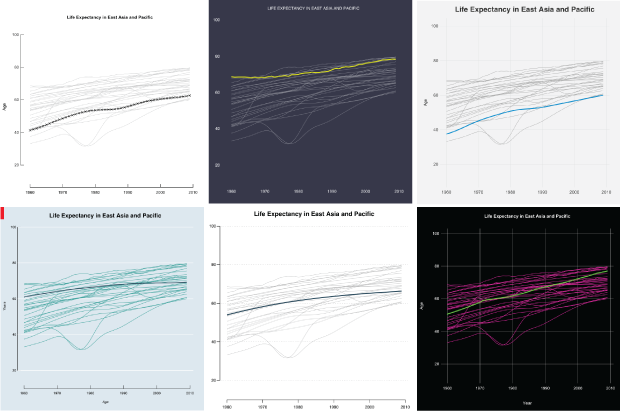




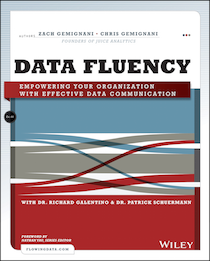

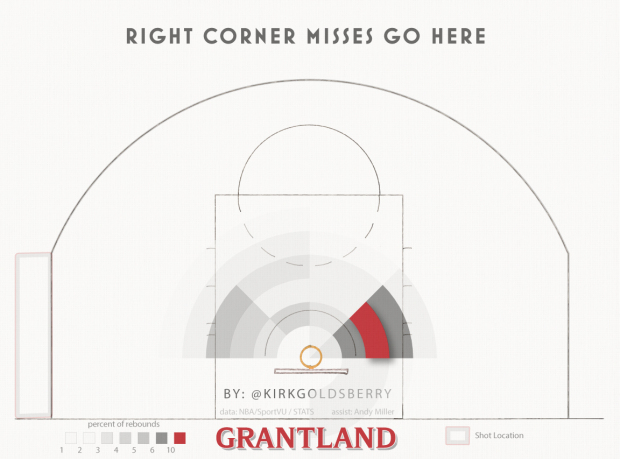











 Visualize This: The FlowingData Guide to Design, Visualization, and Statistics
Visualize This: The FlowingData Guide to Design, Visualization, and Statistics
